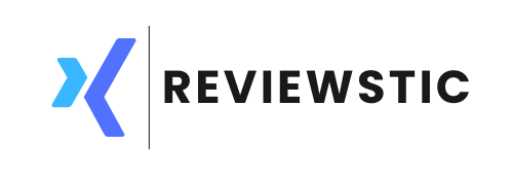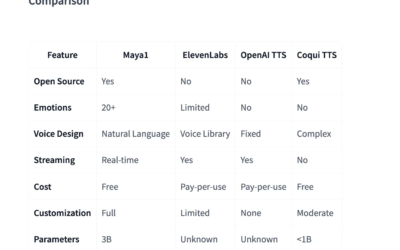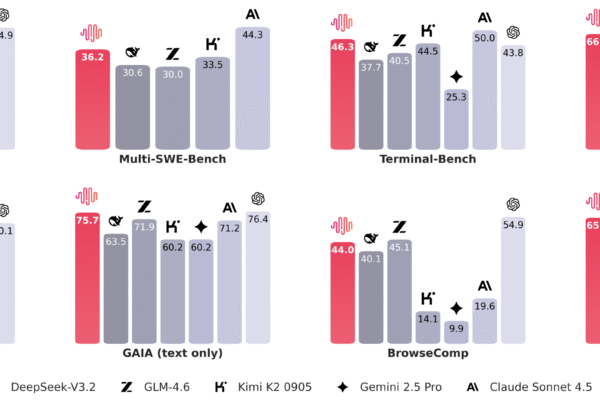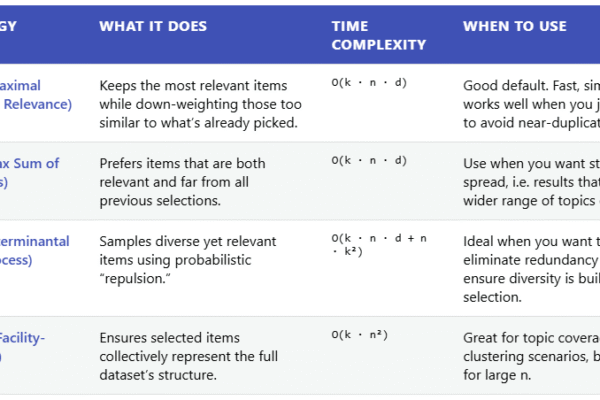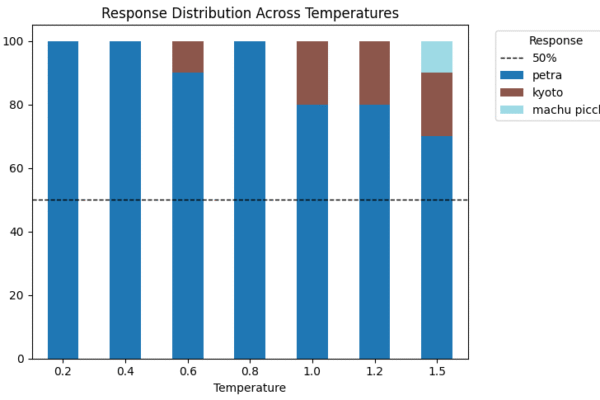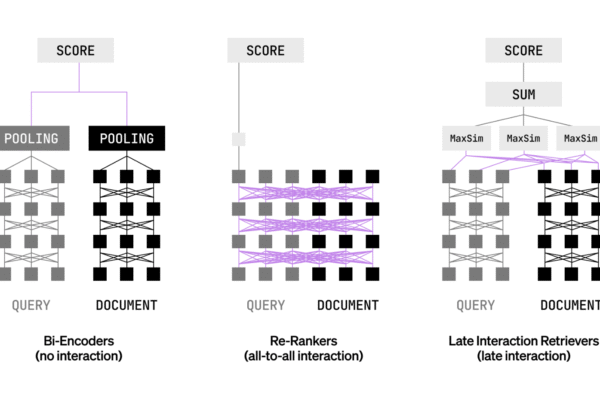
Liquid AI Releases LFM2-ColBERT-350M: A New Small Model that brings Late Interaction Retrieval to Multilingual and Cross-Lingual RAG
Can a compact late interaction retriever index once and deliver accurate cross lingual search with fast inference? Liquid AI released LFM2-ColBERT-350M, a compact late interaction retriever for multilingual and cross-lingual search. Documents can be indexed in one language, queries can be written in many languages, and the system retrieves with high accuracy. The Liquid AI…
